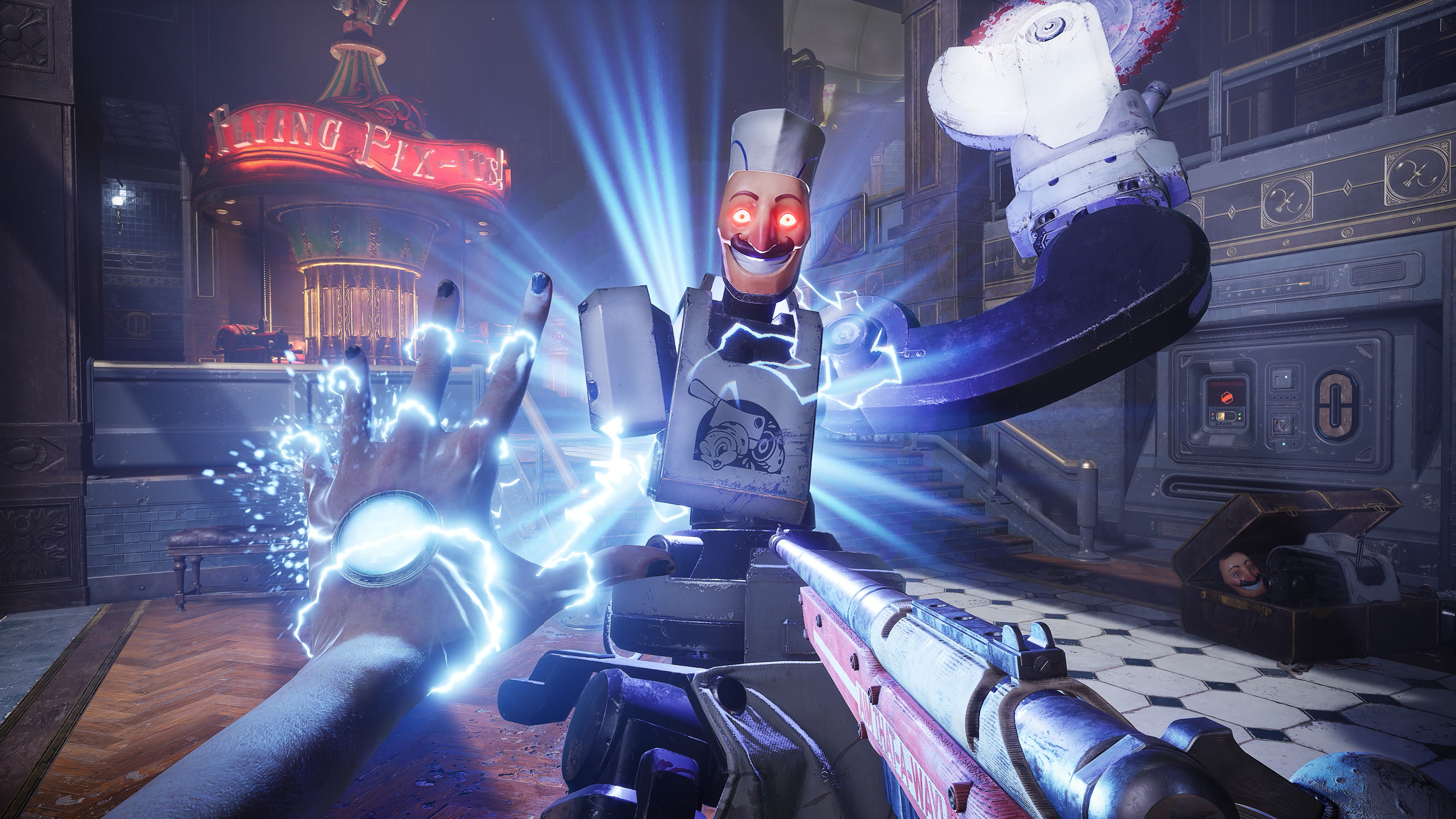
We're 11 years out from the death of Irrational, and Ken Levine is once again gearing up to put out a new game. The pre-release marketing wheels have begun to spin on Judas, Levine's totally-not-BioShock follow-up to his previous game: 2013's BioShock Infinite, which means we're finally getting to see what on Earth this game actually is. It looks, well, quite a bit like BioShock, at least at first glance.
But it also means we're finally hearing more about what the heck "Narrative Legos" are, courtesy of IGN and Geoff Keighley. We've all been collectively baffled by these ever since Levine dropped the term in a GDC talk 10 years ago before disappearing into the game development aether. Turns out it's a branching narrative, but with a lot of twigs.
"Taking the Lego metaphor," said Levine to IGN, "we started thinking, well, could we use handcrafted elements that are not huge entire levels, but sub-elements like lines of speech, pieces of art, texture, maps, encounters, loot" and other little bits and pieces that you pile up to make a game. Per Levine, Judas' developer Ghost Story Games has been designing all those things as "modular chunks" that the game assembles procedurally in response to your actions.
Honestly, I've seen plenty of people poke fun at the concept for being muddy and incomprehensible, but it seems quite straightforward to me. Rather than, for instance, having two or three distinct pathways through the game—Dark or Light side, Paragon or Renegade, kill the Little Sisters or save them—it sounds like Judas is going to adjust a lot of little details on the fly as you make various choices. Levine says the studio has been trying to "teach the game how to make good levels essentially, and good story, and most importantly, reactive to what you do" in a procedural (though not AI-driven, to be clear) way. That was a "major R&D task," according to Levine.
So as far as I'm concerned, Judas' narrative Legos aren't confusing at all, but are actually just a silly term for a simple concept. But that doesn't mean I'm not sceptical. Levine says the goal is to "give the gamer a game that knows them as well as they know the game," and it strikes me that in order to make good on that promise you would need to construct narrative Legos of such granularity that it would be almost impossible for a coherent game to emerge from them.
Players don't tend to act as rationally or predictably as the protagonists of authored narratives, and I could easily see a situation in which I end up with—for instance—one of the game's character's ping-ponging between friendly and angry dialogue lines as the game tots up my various weird choices. The alternative might be to have those choices feed into a relationship meter that then determines the tone of my conversations with that person, but at that point we're out of "narrative Legos" territory and into well-worn RPG turf.
So it seems like a tricky problem to solve, which I suppose is part of the reason we haven't heard much from Levine, Ghost Story Games, or Judas itself for years and years. We'll only know if it makes good on its lofty promises when it releases in the (hopefully near) future, but for now, I have my reservations.







